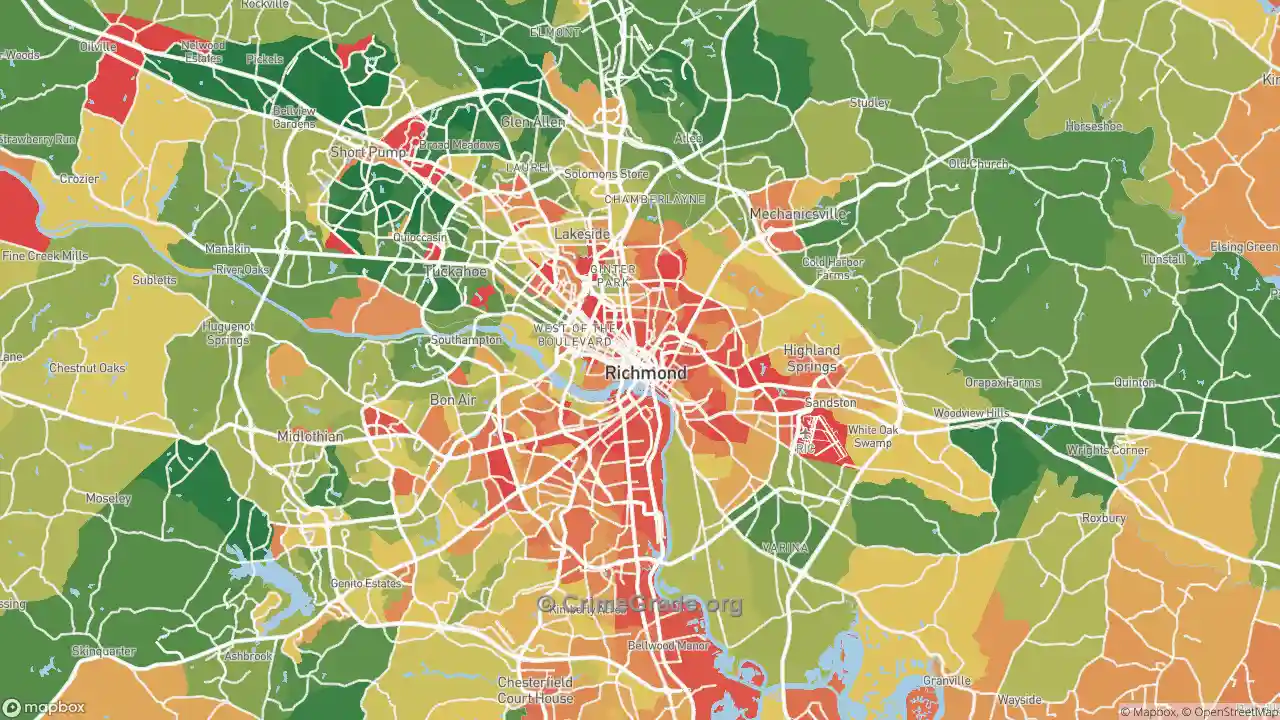Y.E.A.P. offers stabilization through creating self-sustaining, economic opportunities for low income people. By utilizing cooperative economics in their immediate area (i.e. cooperative fish market, cooperative beauty supply stores, cooperative coin laundry, etc.), we gift residents with an attainable balance of life that will not only benefit themselves, but their families and communities alike.
Establishing and maintaining cooperative-owned stores, shops, and other businesses creates a sense of pride in ownership. As the community witnesses the fruits of their collective hard work manifesting, residents find a new respect and value in protecting what they’ve helped to build.
Y.E.A.P. fosters economic vision and hope that will, in return, reduce the probability of crime/violence and highlight the City of Richmond, Virginia in a safer light.
For every low income area that implements the Y.E.A.P. concept, the community sees empowering results that affect the multitude around them; the cooperative economics mindset redefines ways in how trainees relate to their family, friends, neighbors, markets, communities, and society as a whole. The fallout being…One Community Saved at a time leads to Greater Demand for Nationwide Healing.
OUR PROGRAM
Y.E.A.P.’s concept is a gift to the country! Its’ program is designed to heal the economical cancer that’s plagued low income areas since the “powers that be” put flawed, half-truth systems in place. The idea reshapes how we view public housing, it positively impacts the crime rate in each respective city, it develops better communal relationships, improves city statistics, and reimagines how influential people assist in “grass roots” labor.
COOPERATIVE ECONOMICS
Y.E.A.P.’s focus is to empower young people in low income areas through cooperative enterprises, neighborhood development, & entrepreneurship. Our program creates hundreds of jobs in these neglected areas and redirects millions of dollars in profit for all necessary community programs.
PUBLIC HOUSING
According to a 2016 Richmond Redevelopment and Housing Authority (RRHA) annual report (pg. 3), RRHA is “serving nearly 20,000 residents” and manages “over 4,000 subsidized apartments in the city.” The average household income for these residents is $8,726.
CRIME RATE
Crime is an outcome of multiple factors. The quality of education, lack of employment opportunities, high poverty rates, access to housing and health services, lack of proper food nutrition, and other subcomponents play important roles in determining crime levels.
According to a NeighborhoodScout.com report, “the crime rate in Richmond is considerably higher than the national average across all communities in America from the largest to the smallest, although at 35 crimes per 1,000 residents, it is not among the communities with the very highest crime rate. The chance of becoming a victim of either violent or property crime in Richmond is 1 in 28. Based on FBI crime data, Richmond is not one of the safest communities in America. Relative to Virginia, Richmond has a crime rate that is higher than 96% of the state’s cities and towns of all sizes.”
COMMUNITY
The definition of community is a group of people living in the same place or having a particular characteristic in common. It is our mission to promote a better quality of life for those individuals living in low income neighborhoods in Richmond and nationwide.
RICHMOND, VA FACTS
Based on a 2022 WorldPopulationReview.com study, Richmond has a population of 234,081. It has 123 constituent neighborhoods and is the fifth largest community in Virginia. Richmond is an extremely ethnically-diverse city. The people who call Richmond home describe themselves as belonging to a variety of racial and ethnic groups. As a matter of fact, did you know that 46.8% of Richmond’s population is African-American?
The average household income in Richmond is $76, 182 with a poverty rate of 23.23%. That means. . .one out of every four residents in Richmond lives in some level of poverty.
SUPPORT
By increasing the levels of economic opportunity and community participation, we will decreases gun violence, gang activity, unemployment, poverty, and transiency.
But we need your assistance!
We’re asking for all Y.E.A.P. supporters to get the Word out to your favorite media outlets, mayors, city officials, investors, moguls, CEOs, entertainers, superstars, musicians, etc.! Everyone’s support enhances the awareness of the Y.E.A.P. concept and shines the Light on how to heal the plaguing economic cancer that’s affecting low income areas across the country.
MEET THE TEAM

Illya Davis
Founder

Dana Harris
Co-Executive of Y.E.A.P. Concept

Val Young
Events Coordinator

Darrell Lewis
Online Support

Yvonne Libron
Media Consultant
AN IMPORTANT CRIME FACT

Crime Grade’s crime map shows the safest places in the Richmond metro area in green. The most dangerous areas in the Richmond metro area are in red, with moderately safe areas in yellow. Crime rates on the map are weighted by the type and severity of the crime.
Richmond Metro is in the 53rd percentile for safety, meaning 47% of metro areas are safer and 53% of metro areas are more dangerous. This analysis applies to the Richmond metro area’s proper boundaries only.
Y.E.A.P NEWS
Stay updated with Y.E.A.P events, news, and more.

